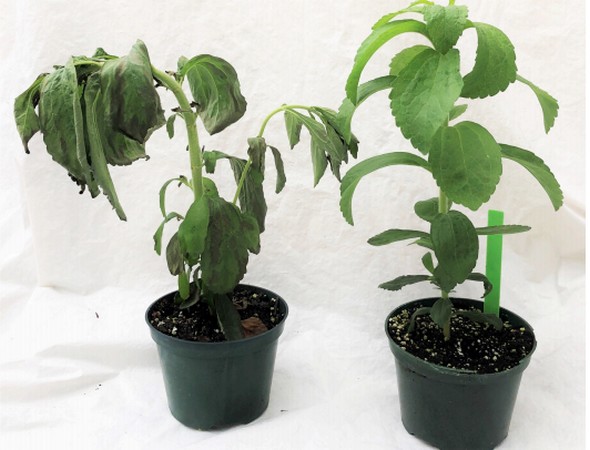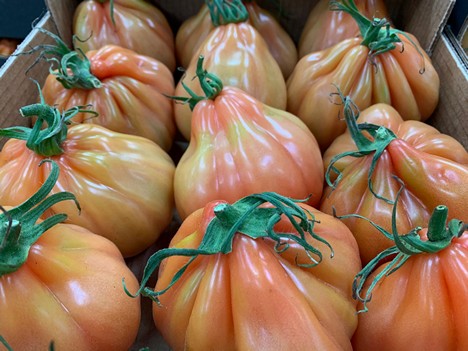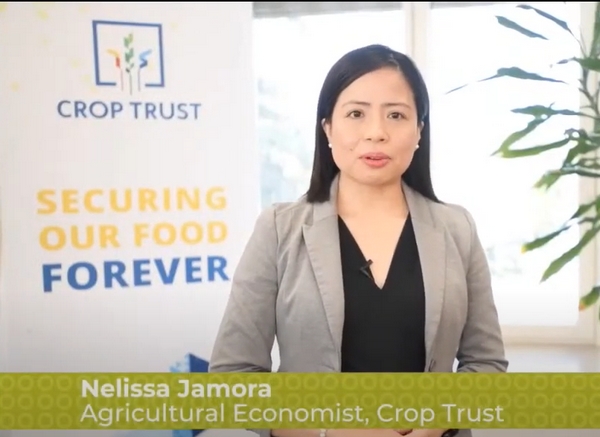Stevia (Stevia rebaudiana) has gained popularity as an alternative sweetener due to high glycosides concentrations. In warmer climates (USDA zones 9-11), it is a perennial herb, but it will not overwinter in colder climates, however it is treated like an annual.
Greenhouse growers have been producing stevia as an herb for spring sales as a garden transplant. It can be grown from seed, but there is a wide genetic variation among plants in growth characteristics and overall glycoside concentration. To overcome possible variability, cuttings are also used for commercial plantings. Greenhouse growers should be aware of the possibility of salt stress caused by soluble salts to stevia transplants.
Soluble salts in irrigation water and substrate are measured as electrical conductivity (EC), where high EC values equate to higher dissolved salt concentrations. Water-soluble fertilizers and mineral acids both contribute to EC when dissolved in the irrigation water.
High levels of salts supplied in the irrigation water can build up in the
growing substrate and cause high substrate EC and salt stress on plants. These symptoms will appear as stunted growth, wilting (Fig. 1), and burning of leaves (Fig. 2). Dark interveinal spotting was the initial symptom that occurred prior to the wilting of the leaves which eventually turned necrotic.
Read the complete article at www.e-gro.org.












